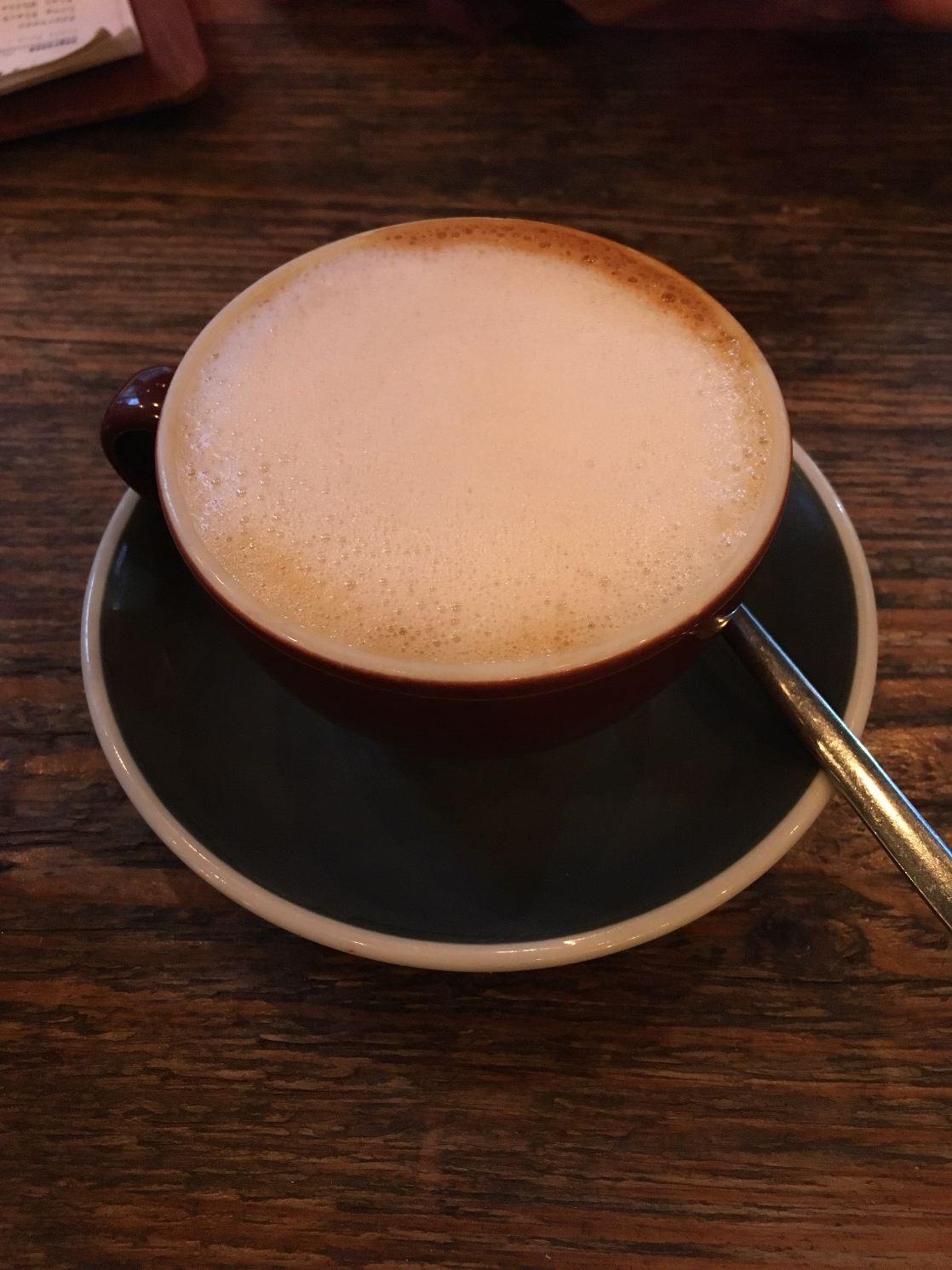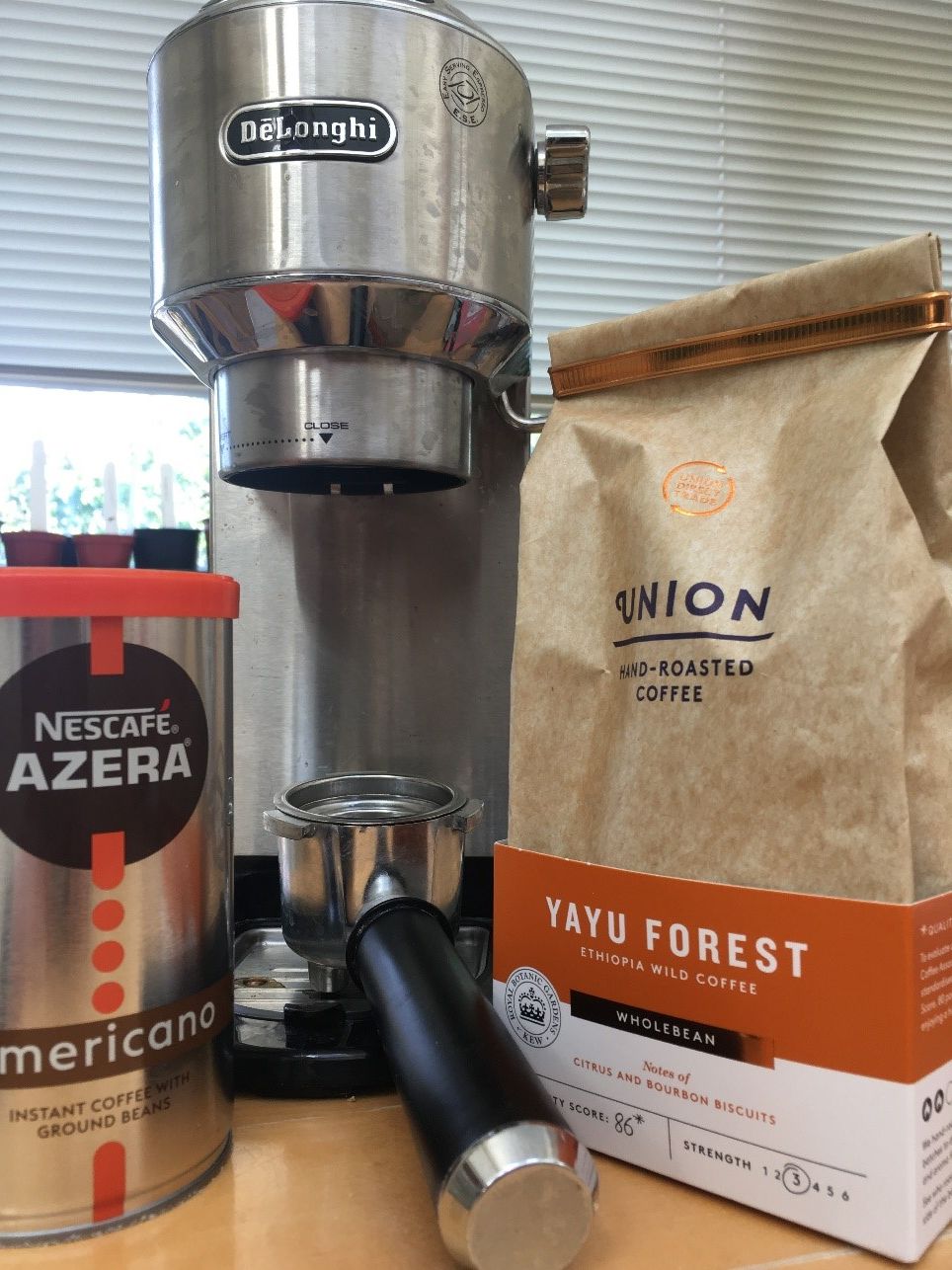By Emily Barrett, First year, Physics
New research reveals that cold- and hot-brew coffee differ on a chemical level.
Coffee is a staple of many a tired student, and warmer weather sees the appearance of the ubiquitous cold-brew coffee. It has seen a surge in popularity in recent years, but relatively little is known about how different it is to hot-brew coffee. Now, researchers have investigated its chemistry to see if cold brewing really does make a difference.
Despite appearing to be a recent trend, cold-brew coffee can be traced back to 17th- century Japan. Brewing methods have become more elaborate, for example ‘slow drip’ coffee in which the water is dripped through the coffee grounds one drop at a time.
Unlike iced coffee, which involves serving hot-brew coffee over ice, cold-brew coffee is steeped in water that is room-temperature or colder. Typically, this process takes 12 to 24 hours rather than the few minutes required for boiling water.
Researchers at Thomas Jefferson University in the United States compared cold and hot brew coffee at three different roasting temperatures. In findings presented through the American Chemistry Society’s online platform, they discovered that the roasting temperature plays a big role in the cold- versus hot-brew question.
In lighter roasts, the levels of potentially health-promoting antioxidants were similar in both hot and cold brews. However, for darker roasts hot brewing extracted more antioxidants from the grind. The difference between hot and cold brews increased with roasting temperature.
| Studying through a pandemic: a student's guide
Acidity was also investigated, with the results showing that pH increased with roast temperature. Although cold-brew was slightly less acidic than hot-brew, overall both types of coffee had a similar pH at the same degree of roasting. Caffeine concentration, which depends more on the distribution of particle sizes, was similar for both types of coffee regardless of roast temperature.

What does this mean for coffee drinkers? Clearly the darkness of the roast influences the acidity and antioxidant levels of the coffee. Dr Niny Z. Rao, the lead researcher for this project, said that ‘you may want to pay attention to roast’ if acidity or antioxidant level is a concern when making coffee.
However, Dr Rao's enduring advice to consumers is to ‘drink what they like’. The antioxidant level of a cup of coffee is unlikely to be a concern for the ordinary consumer; in a 2017 survey , the most common reasons for coffee drinking were given as ‘I like the taste’ and ‘to wake me up’. Health reasons ranked among the least common.
Besides, there is still relatively little research into the chemistry of cold brew. The researchers have also admitted that it is a difficult experiment to make reproducible – as even made under the same conditions, two cups of coffee are never exactly the same. To combat this, they developed a rigorous procedure where they set time limits for different steps such as adding water or pressing the coffee.
Ultimately, the chemical difference is interesting but the question of to cold-brew or not to cold-brew is largely one of personal taste – or patience, considering the much longer brewing time.
Featured image: Epigram / Emily Barrett
Want to write about your research? Get in touch!









